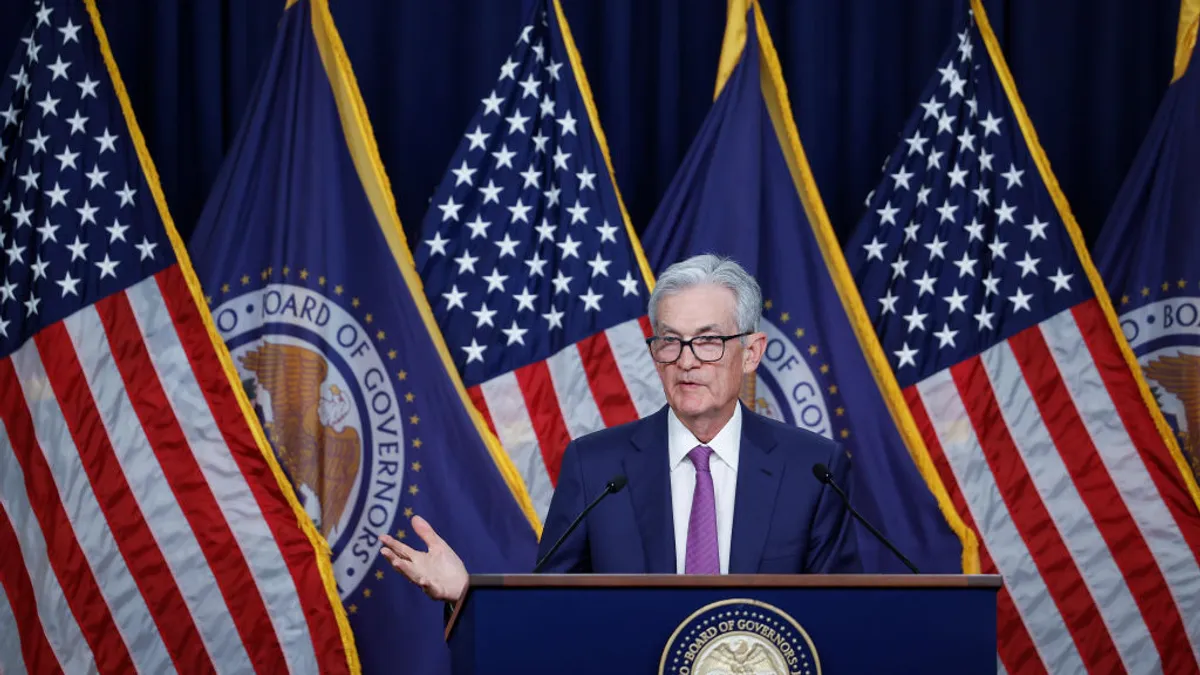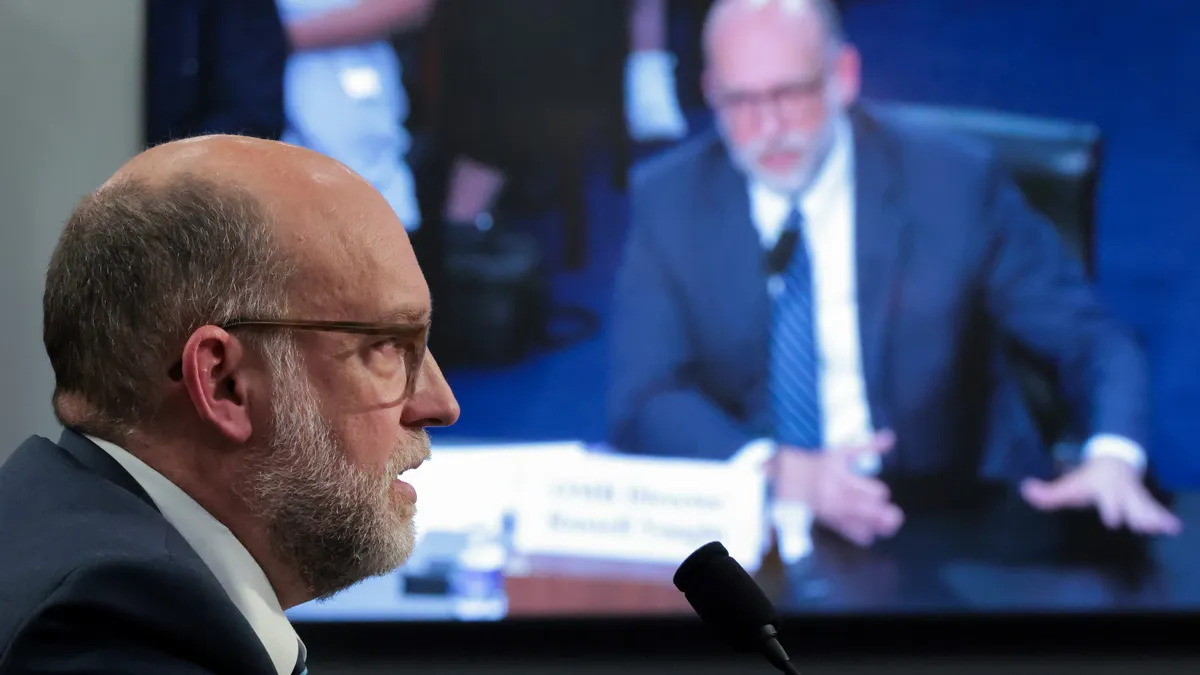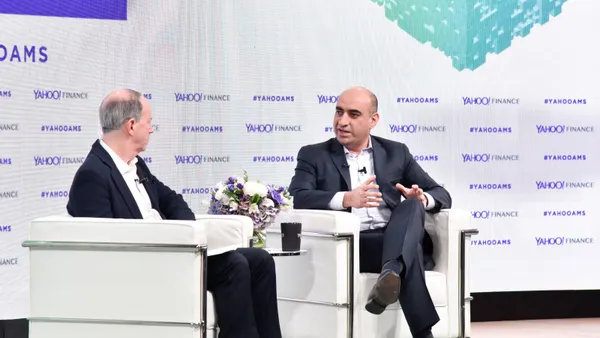Branches will be open for business again, but the initial months of the pandemic served as a wake-up call about the need for FSIs to have digital-first customer engagement capabilities. FSIs learned (often the hard way) that their capacity to leverage and scale digital-first customer engagement is essential for ensuring business continuity and a seamless customer experience (CX).
For instance, at a time of crisis, policies and procedures change rapidly, causing call center volumes to spike through the roof. Digital channels allow organizations to keep up and proactively inform customers looking for this information, limiting inbound traffic to traditional channels and freeing up front-line agents for higher value conversations.
Looking back, it's clear that FSIs that had invested in digital (service) transformation prior to the pandemic tended to outperform their more flat-footed rivals. FSIs that could quickly pivot and offload customer engagement toward self-service tools and leverage a centralized knowledge base (KB) had a big advantage, while digital laggards struggled to keep pace with customer service demand.
Accelerating Digital-First CX
The pandemic accelerated pre-existing digital trends that FSIs had been adjusting to for years. Even before the pandemic, customers preferred the convenience of digital-first service provision. A 2019 survey found that 73% of consumers preferred self-service over interactions with human agents. Today's customers fully expect the ability to choose from a menu of digital banking options.
To a large degree, digital experience was customer experience in 2020, and there's no reset button blissfully bringing us back to 2019. FSI customers have adopted more digital options across their personal lives (online grocery shopping was a big winner in 2020, for instance). Essentially, years of digital transformation was made in just a matter of months across industries.
For FSIs, the imperative is clear: build a durable, crisis-proof, digital-first strategy that delivers the high level of CX customers not only want but expect today.
3 Steps for Acceleration
1. Give customers (self-service) options: It all begins with putting FSI customers in the driver's seat with a multichannel engagement approach empowering them to do business with you 24/7 through their preferred channels. Doing this successfully requires a centralized KB, one that your FSI employees and your digital tools can access to drive service success for customers.
You don't need to build everything at once, especially since channels and customer preferences can be fluid. One major benefit of self-service tools, such as conversational chatbots, is they get smarter the more they engage with customers. Self-service tools can also scale and be deployed across multiple channels to meet spikes in service demand. Start small, learn and scale success across your engagement channels and service organization.
2. Use digital tools to anticipate customer needs: Self-service tools not only pull relevant content from your knowledge base to help improve customer engagement, but also push knowledge back into the KB, dynamically improving it. Self-service tools fueled by artificial intelligence (AI) can recognize patterns in customer behavior, identify trending topics and even make data-driven predictions about future trends, thus prompting the creation of new KB assets to better address evolving customer demands. This empowers FSIs to proactively harness customer data, creating a continuous feedback loop to optimize service provision.
3. Empower your humans: Despite the digital-first acceleration, banking will always be about building trusted relationships. Your employees, whether they engage with customers inside branches, over the phone or across digital channels, play a key role in building long-term human bonds that sustain lifetime customer value.
Digital first does NOT mean digital only. FSI customers want a blend of humans plus technology, preferring each to do what each does best (technology for routine, fast transactions 24/7; humans for resolving complex issues and for when emotional intelligence is required). When a customer is confused and emotional (and money-related issues are almost always emotional), they're likely to prefer a human agent or their local branch banker over a chatbot.
A centralized, always-updating KB makes employees more efficient and boosts employee experience (EX). Blending the genius of humans at building great customer relationships with the speed, accessibility and convenience of digital tools is the present and future of digital-first CX.
The Clear Takeaway
Your customers still expect great service that addresses their needs. What's changing in a post-pandemic world is how FSIs go about addressing customer needs. The answer is increasingly through multiple channels with 24/7 digital-first engagement that ensures business continuity, builds human relationships and enhances service quality.










